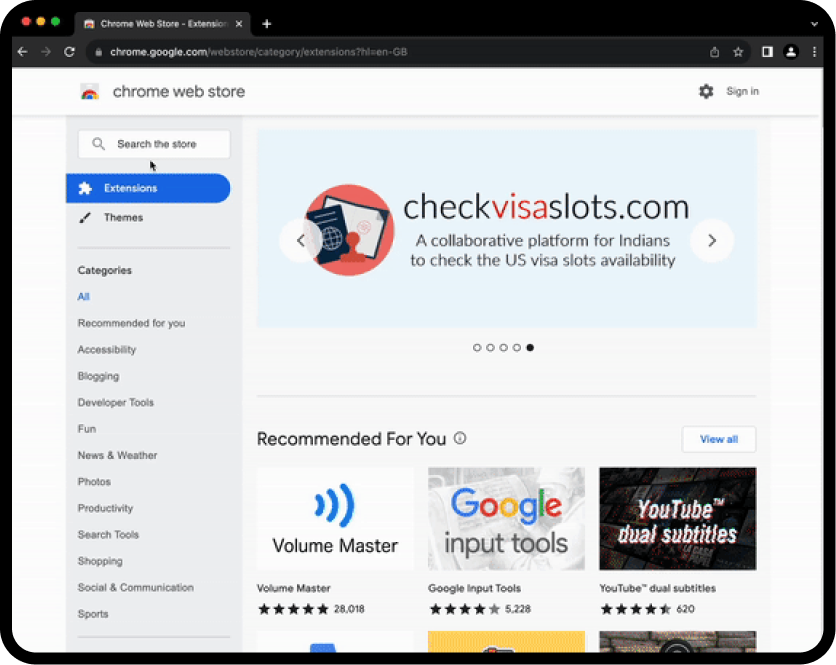Excel File Converter
Convert diverse file formats to Excel for data analysis, reporting, and workflows used by data analysts, accountants, and IT teams.

Check It Yourself
About This Tool
Converts CSV, TSV, JSON, and simple XML inputs into Excel workbooks (.xlsx), preserving headers, inferring data types, and organizing data into worksheets. Users include data analysts, engineers, accountants, and operations teams who need ready-to-analyze spreadsheets from diverse data sources. The tool emphasizes accuracy, speed, and reproducibility, delivering clean data tables suitable for dashboards and reporting.
Conceptually, the tool ingests the source file, detects format and delimiter, normalizes records into rows and columns, applies optional schema maps or templates, and writes the result into one or more worksheets. It supports single-sheet exports from simple inputs and multi-sheet workbooks when input contains multiple data sets. It also offers options such as sheet naming, delimiter override, header inclusion, locale-aware data formatting, and batch conversion. Output is a binary Excel workbook ready for download or downstream processing.
Core value includes reduced manual data wrangling, consistency across exports, and automated pipelines. It benefits data teams, financial analysts, and product managers by providing repeatable conversions with templates for common datasets. Unique differentiators include template-based mappings to enforce column order, auto-detection of delimiters and locale settings, and robust error reporting with row-level diagnostics, enabling trustable data movement into Excel. Privacy and processing choices depend on deployment: on-premises or client-side processing keeps data local, while cloud deployments employ isolated environments with access controls and retention policies. By documenting the transformation steps, the tool supports auditable data lineage for compliance and governance in financial and healthcare datasets.
How to Use
1. Provide inputs by uploading a file (CSV/TSV/JSON/XML) or pasting data; the system will auto-detect the format when possible.
2. Configure output options: set sheet naming, decide whether to create one or multiple sheets, and adjust delimiter or locale settings if needed.
3. Apply optional mappings or templates to enforce column order and data types across exports.
4. Run conversion to generate an Excel workbook (.xlsx) containing the structured data.
5. Download the resulting file and, if desired, save the mapping/template for future conversions.

FAQs/Additional Resources
Find Quick Answers
What input formats are supported?
Can large files be converted efficiently?
How is data privacy handled?
Can I reuse a mapping for future conversions?
User Reviews
See What Others Are Saying
Explore Related Tools
More Solutions for Your Needs
BTC to USD Converter
A lightweight currency converter that converts Bitcoin to US dollars in real time for traders, developers, and analysts who need quick price checks.
BTU per hour to kilowatt converter
Converts BTU per hour to kilowatts for HVAC engineers, energy analysts, and facility managers needing quick, precise power conversions.
Your Feedback Matters
Help Us to Improve

 Norwegian
Norwegian
 Danish
Danish
 German
German
 English
English
 Spanish
Spanish
 French
French
 Italian
Italian
 Dutch
Dutch
 Portuguese
Portuguese
 Swedish
Swedish
 Hebrew
Hebrew
 Arabic
Arabic









